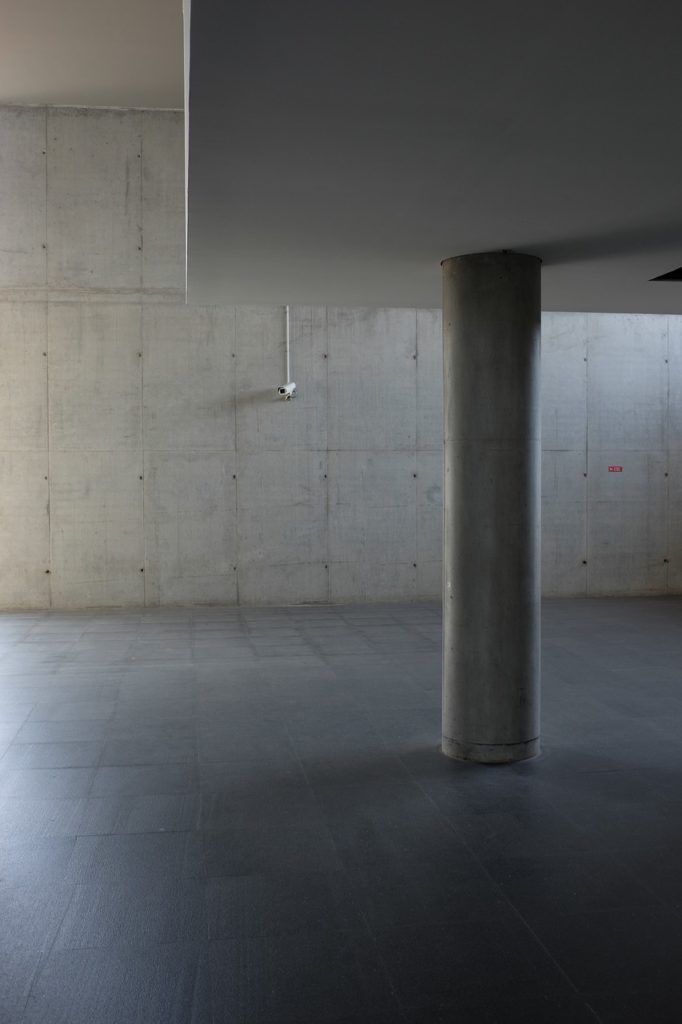Unfortunately, too many people have issues with moisture in their basements and need information on waterproofing their basements. Since you are here, this means you are probably having issues as well and now you are considering how to waterproof your basement walls.
So, how would you go about the whole process? Follow these tips and keep your basement warm and dry all year round.
Find Out the Water Source
Due to concrete’s porous nature, you might easily be able to find wet streaks along cracks, between the mortar joints (assuming you have concrete block walls), at the corners of the windows, and around the pipes (e.g., sewer pipes or a water supply line).

But if the whole surface of the wall is wet, you will have to do a condensation test. First dry any area of the wall using a rag and attach a piece of aluminum foil (one-foot square) to that area with duct tape. After 24 hours, peel off the aluminum foil and see how the bottom of the foil feels. If wet, water must be seeping through your basement wall from outside.
Use Hydraulic Cement to Fill Cracks
Cracks are often found at the bottom of basement walls where the wall meets the footing. The footing of the foundation is poured first and then either a cement wall is poured on top once the footing hardens or a concrete block wall is laid on the footing. Because it is two separate pieces, leaks can happen at that joint between the wall and the footing.
This construction method could create a weak spot – known as a cold joint – that you can fill with hydraulic cement. We are recommending hydraulic cement because it has the ability to push deep into the crack or crevice and form an effective watertight bond by expanding.
Keep Window Well Leaks in Mind
Window wells are often the culprit behind a basement wall leak because they could retain water in case there is no drainage system installed underneath. If you think installing a proper window well drainage system is not possible, dig around two feet lower in the area and fill it with gravel so rainwater cannot stand in the area.
Now get a caulk used on masonry and apply it around the window. You could also purchase a sloped window well cover and install it to keep rainwater at bay.
Apply Masonry Waterproof Coating to Bare Interior Basement Walls
What if the foil test showed that the water was soaking through the basement walls? In such a scenario, you will need a quality waterproof paint to seal the walls. Roll or brush the paint on and keep it thick enough to fill the tiny surface holes. Then let it completely dry before you apply second coating.
Follow Other Procedures to Keep Your Basement Free from Water
It is sometimes easy to tackle wet basements. A really important thing is to make sure that the ground is sloped to lead water away from the house. That may mean you need to do some grading, but that can be much cheaper than having to dig around your house to put a coating on the exterior of your basement walls. Also pay attention to the foundation plantings like flowerbeds and bushes that could allow water to seep in your basement. Also, repair downspouts and guttering to make sure they are effectively directing water away from your house. As you can see, waterproofing a basement is not supposed to be a costly procedure. You can go DIY with these tips and avoid hiring a professional to do the same for you.